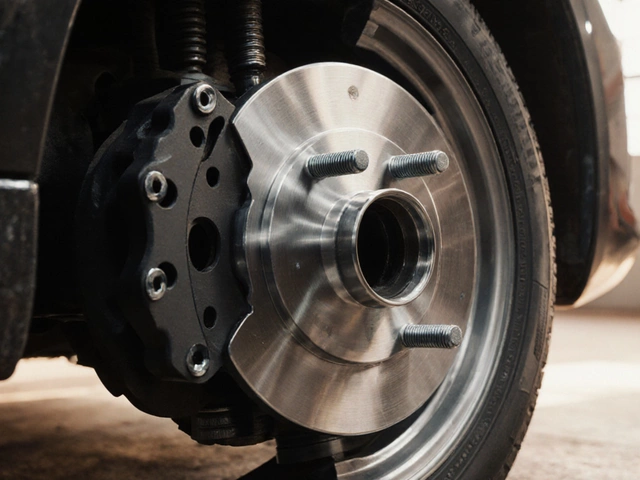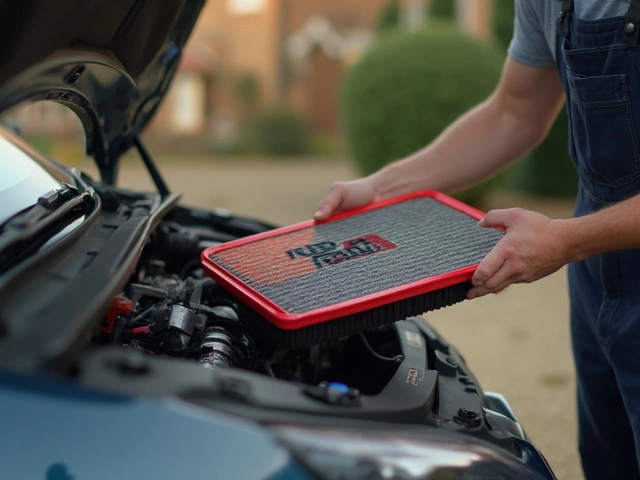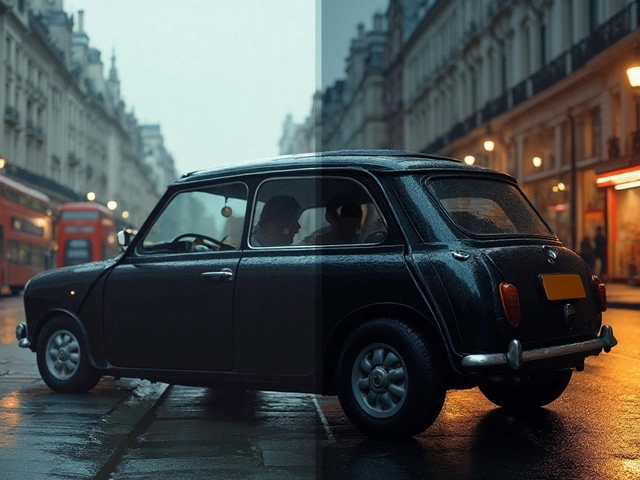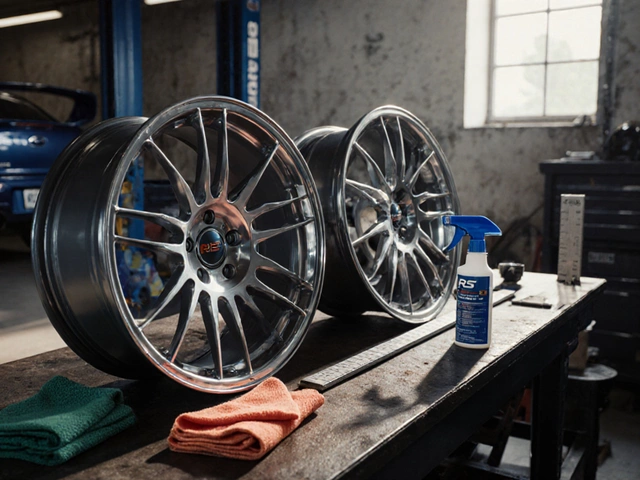Isn't it fascinating how far car lighting technology has come? LED headlights are all the rage now. They're bright, energy-efficient, and they just look cool. But here's the kicker: not all of them are actually legal to use on the road. You might be wondering, why the heck not?
Well, it's all about standards and regulations. Each country, actually sometimes each state or region, has its own rules about what kind of headlights are acceptable. These rules exist to ensure the safety of everyone on the road by making sure headlights neither blind oncoming traffic nor fail to light up the road properly.
LED bulbs can sometimes be too intense or have odd color temperatures that standard lights wouldn't. This can cause issues with visibility and safety, which, let's be honest, are kinda important when you're zipping down the highway at night.
There's a bunch more to this than just avoiding a ticket—although that's a pretty solid motivator too. You see, using non-compliant lights can lead to bigger trouble, especially if you're involved in an accident. We’ll get into all the nitty-gritty details and explore some practical tips and alternatives for those who love LEDs but want to stay on the right side of the law.
- The Popularity of LED Headlights
- Understanding Road Legal Standards
- Why Many LED Bulbs Fail These Standards
- Consequences of Using Illegal Headlights
- Alternatives and Solutions
- Tips for Staying Compliant with Lighting Laws
The Popularity of LED Headlights
So, why are LED headlights all the rage? It's simple. LEDs offer brighter light while using way less energy compared to traditional halogen bulbs. That means better visibility and, let's face it, they make your car look slick and modern.
One key reason people love them is longevity. While a standard halogen bulb might last about a year, LED bulbs can keep on shining for more than a decade with regular use. This makes them a solid investment for folks wanting to save on maintenance costs.
Then there's the cool factor. LEDs can produce light in different colors, not just the basic white. This allows customizable options, which is a big win for car enthusiasts wanting to tweak their vehicle's appearance.
Energy Efficiency
Energy savings is another biggie. These bulbs consume less power but produce more light, which puts less strain on your car’s electrical system. That's right, your battery life could actually improve just by swapping out those old bulbs.
Adoption in Modern Vehicles
Given these benefits, it's no wonder many modern vehicles come with LEDs as standard equipment. Car manufacturers are catching up, as LED technology represents both performance and eco-friendly innovations car buyers are increasingly seeking.
Check this out, some high-end cars even brag about fancy features like LED matrix systems. These can automatically adjust the light beam to avoid dazzling other drivers, all without the need for slowpoke mechanical components.
With all that tech and visual appeal, it’s no surprise that more and more drivers want to jump on the LED bandwagon. But before lighting up the streets, it’s crucial to ensure those LEDs meet legal standards.
Understanding Road Legal Standards
So, you've probably heard the term 'road legal' tossed around when it comes to LED headlights, but what does it really mean? Basically, road legal standards are rules and regulations that determine what kind of headlights can be safely and legally used on public roads. These standards are essential for maintaining safety and consistency for all drivers.
In Australia, for example, the rules state that headlights must emit white or yellow light. Too blue or too red, and you're out of luck. They also need to be powerful enough to light up the road ahead without dazzling other drivers. It's a balancing act—enough light for you, but not too much for everyone else.
Specifications to Consider
When a manufacturer creates a headlight, they have to make sure several factors are just right:
- Luminous Intensity: This refers to how bright the headlight is. Regulations often cap this to prevent glare.
- Beam Pattern: Ever notice how your headlights create a specific shape on the road? That's a beam pattern. Legal standards require a low beam for regular driving and a high beam for open road driving.
- Color Temperature: Like we mentioned earlier, legal standards often specify white or yellow hues. This isn’t just for tradition but because these colors penetrate mist and fog better.
Additionally, headlights need to be correctly installed. This means pointing at the correct angle and height. It's not enough just to buy legal lights; how you set them up matters as well.
Here's an interesting stat: A study showed that properly adjusted headlights can improve visibility by 25% compared to poorly aligned ones. That’s why regulations aren’t just a bureaucratic hoop to jump through. They genuinely make a difference in safety.
So, before diving into the world of car lights and swapping out those bulbs, make sure you double-check the local regulations. It might just save you hassle and maybe even keep you and others safer on the road.
Why Many LED Bulbs Fail These Standards
Alright, let’s get into the nitty-gritty. You might think LED headlights are the perfect upgrade for any car. They’re bright, last forever, and use less power than halogens. But the road legal issue often comes down to one thing: standards. These standards are there to ensure lights don’t end up blinding everyone around you or leaving you in the dark.
Brightness and Beam Patterns
The major culprits for LEDs being non-compliant often start with brightness and beam patterns. LED bulbs can be much brighter than the older types used in cars. This sounds good until they start glaring in other drivers’ eyes, which can be dangerous. It’s all about how the light is distributed. Too much concentrated light in the wrong direction, and boom, you’ve got a hazard.
Color Temperature
Another issue is color temperature. Most legal standards require a certain color of light — usually around 3000K to 6500K on the Kelvin scale. LEDs sometimes emit a light that’s too blue or not white enough to meet these legal requirements. And trust us, having illegal headlight colors can lead to penalties.
Installation and Compatibility
When LED bulbs are not designed specifically for your car’s housing, they often fail to work correctly. These improperly installed LED headlights end up shifting and altering the beam pattern, which wreaks havoc on the road safety standards. Connections that aren’t snug can cause flickering or make bulbs dimmer over time, both of which are problematic.
Recent Statistics
Check out this table from a recent survey about LED headlight compliance:
| Aspect | Percentage of Non-Compliance |
|---|---|
| Beam Pattern | 45% |
| Brightness | 30% |
| Color Temperature | 25% |
It's pretty clear where the common failings lie. Good news is, understanding these flaws can help you pick the right headlight upgrade that doesn’t just look cool but keeps you legal and safe.
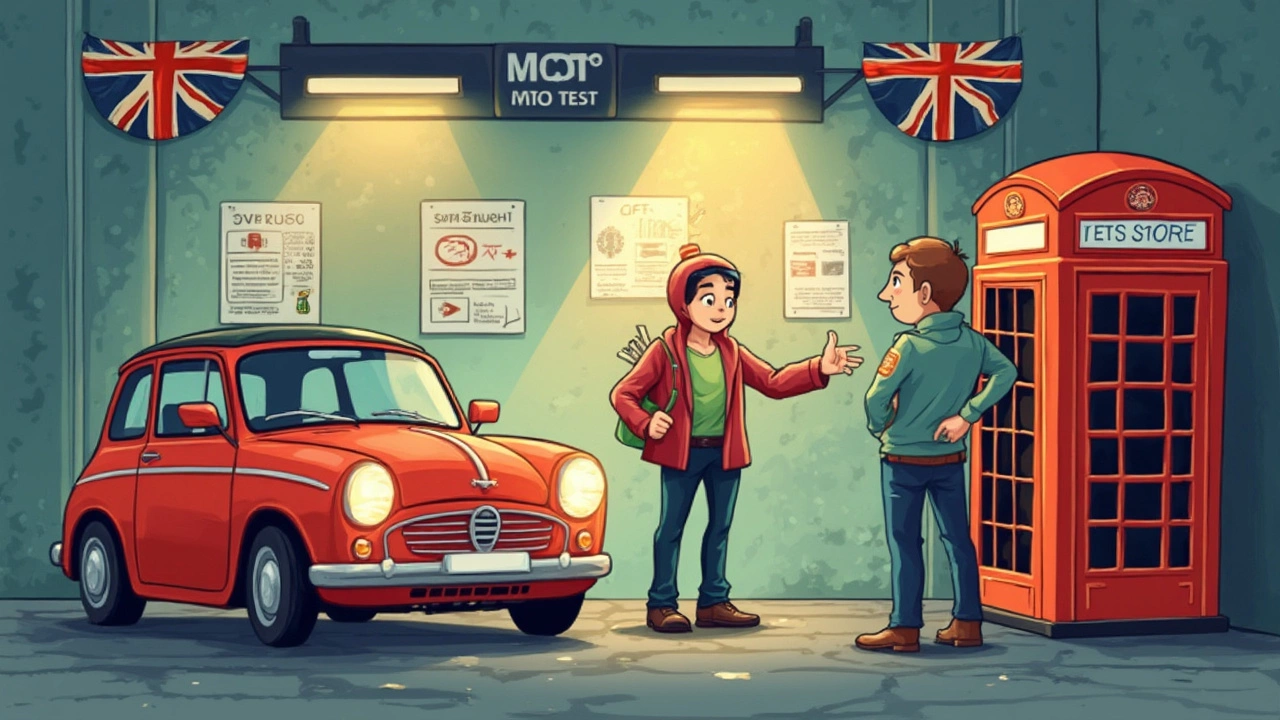
Consequences of Using Illegal Headlights
So, what's the big deal if your LED headlights aren't road legal? Well, the implications are pretty serious and far-reaching. To start with, if you're caught with illegal headlights, you can face hefty fines. Different states have their own penalty systems, but generally speaking, you could be looking at a fine between $100 to $500 or even more for repeat offenses. And nobody likes surprises like that on their monthly budget, trust me.
Next up are the potential insurance troubles. If you're involved in an accident and your headlights are illegal, your insurance company could refuse to cover damages, arguing that you were partly at fault. That means you might have to pay out of pocket for repairs not just to your own vehicle but possibly someone else's as well.
Safety Risks
Beyond fines and insurance hassles, using illegal headlights can endanger both you and other drivers. These lights might blind oncoming traffic or fail to adequately illuminate the road, increasing the risk of accidents. It's a simple fact: visibility is key when you're driving at night.
Checked by the Cops
Getting pulled over isn't anyone's idea of a good time. But with illegal headlights, you're more likely to catch the attention of law enforcement. This could lead to unwanted scrutiny and further penalties.
Compliance and Peace of Mind
- Regularly check your local vehicle lighting regulations. Laws change and differ by region.
- If in doubt, consult a professional. Headlight conversions aren't always straightforward.
- Look for the regulatory compliance mark on your headlight packaging. It's usually a good indicator.
At the end of the day, sticking with road-legal lights gives you peace of mind and makes sure you're not inadvertently putting anyone at risk or at odds with the law. It's a much smarter choice, and there are plenty of options that keep you both stylish and compliant.
Alternatives and Solutions
So, you're sold on the coolness of LED headlights but don't fancy tangling with the law? There are definitely ways to get those benefits without stepping on any legal toes. Here's how.
Look for Certified LED Bulbs
First off, check if the LED headlights you want are approved for road use in your area. Most places have certification standards, like the ECE or SAE marks, which can tell you if a bulb is good to go. These bulbs are designed to meet specific brightness and beam pattern criteria, so you can drive safe and bright.
Opt for OEM LED Headlights
Many newer cars now come with OEM (Original Equipment Manufacturer) LED headlights. These are designed to be legally compliant from the get-go. If you're in the market for a new car, you might want to consider one with these built-in.
Consider Headlight Conversions
Thinking of converting your current car to use LEDs? It's doable! Conversion kits exist but make sure they’re street-legal. A proper low-beam LED conversion kit can align exactly with your vehicle’s original headlight housing, maintaining legal alignment and brightness standards.
Headlight Adjustment Services
If you've already installed LED headlights and they're blinding everyone in sight, you can get your vehicle's lights adjusted. Some auto shops offer headlight adjustment services to ensure your beams are aimed just right.
Regular Inspections
Even if you're confident about the legality of your headlights, regular inspections can't hurt. It keeps you ahead of any potential irregularities before they become a problem.
Take a look at this comparison chart, showing the differences between standard halogen, LED, and Xenon lights in terms of lifespan and energy efficiency.
| Type | Approx. Lifespan (hours) | Energy Efficiency |
|---|---|---|
| Halogen | 450-1,000 | 35% |
| LED | 15,000-30,000 | 80% |
| Xenon | 2,000-3,000 | 65% |
Finally, remember that the rules can vary quite a bit depending on where you live. A quick check on your local driving authority’s website could save you a lot of hassle down the line.
Tips for Staying Compliant with Lighting Laws
Staying on the right side of lighting laws doesn't have to be a headache. If you're keen on using those snazzy LED headlights, there are practical ways to keep things legit and safe.
Check the Bulb Packaging
The first and most obvious step might just be looking at the packaging or documentation. Most legitimate LED bulbs will clearly state if they’re road legal. This info is usually on the box or in the manual that comes with it. If it’s not explicitly mentioned, that’s a big old red flag right there.
Understand Local Regulations
Different places have different rules, right? It’s a good idea to check out local traffic authority websites or even give them a call if you’re unsure about specific laws in your area. What flies in one state might get you fined in another.
Focus on Beam Pattern
The pattern and direction of the beam are critical. Properly aimed headlights make all the difference between lighting up the road ahead or just blinding oncoming drivers—nobody wants that. Get your lights checked by a professional if you’re unsure.
Go for DOT or ECE Certified Bulbs
If you want a quick way to know if your LED headlights are up to snuff, look for bulbs that are DOT (Department of Transportation) or ECE certified. These certifications indicate that a bulb has passed specific safety and performance tests.
Regular Maintenance
Keep your headlights clean and properly adjusted. Dirt and misalignment can both render even the best headlights ineffective or illegal. Not something you want to neglect.
Consult Professionals
Finally, if in doubt, talk to the pros. Auto electricians or local garage folks know the ins and outs of headlights. They can help guide you on what's legal and what might need tweaking.
A little effort and know-how go a long way. Follow these tips, and you won’t just be staying compliant, but you'll also be ensuring you and others are safe on the road.


